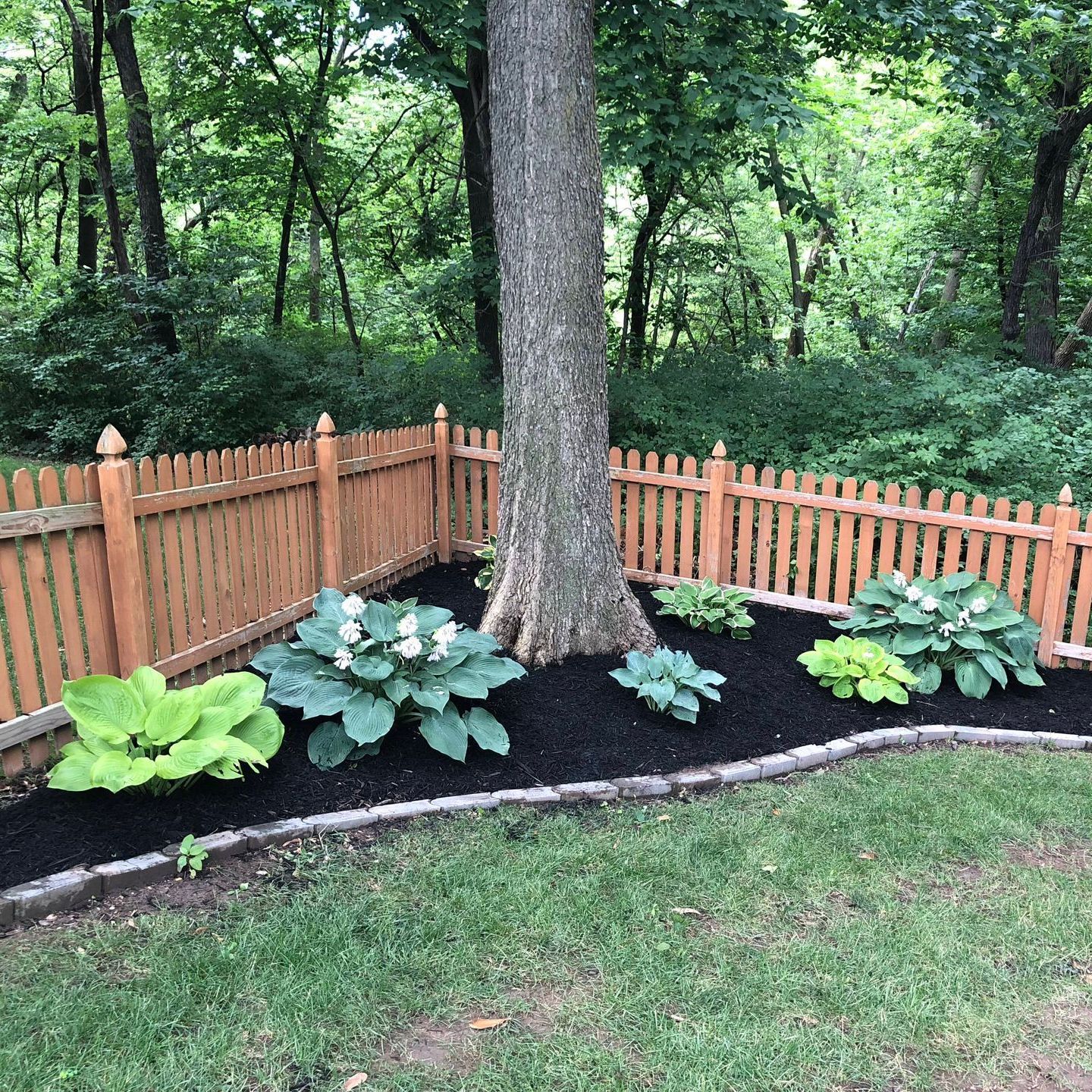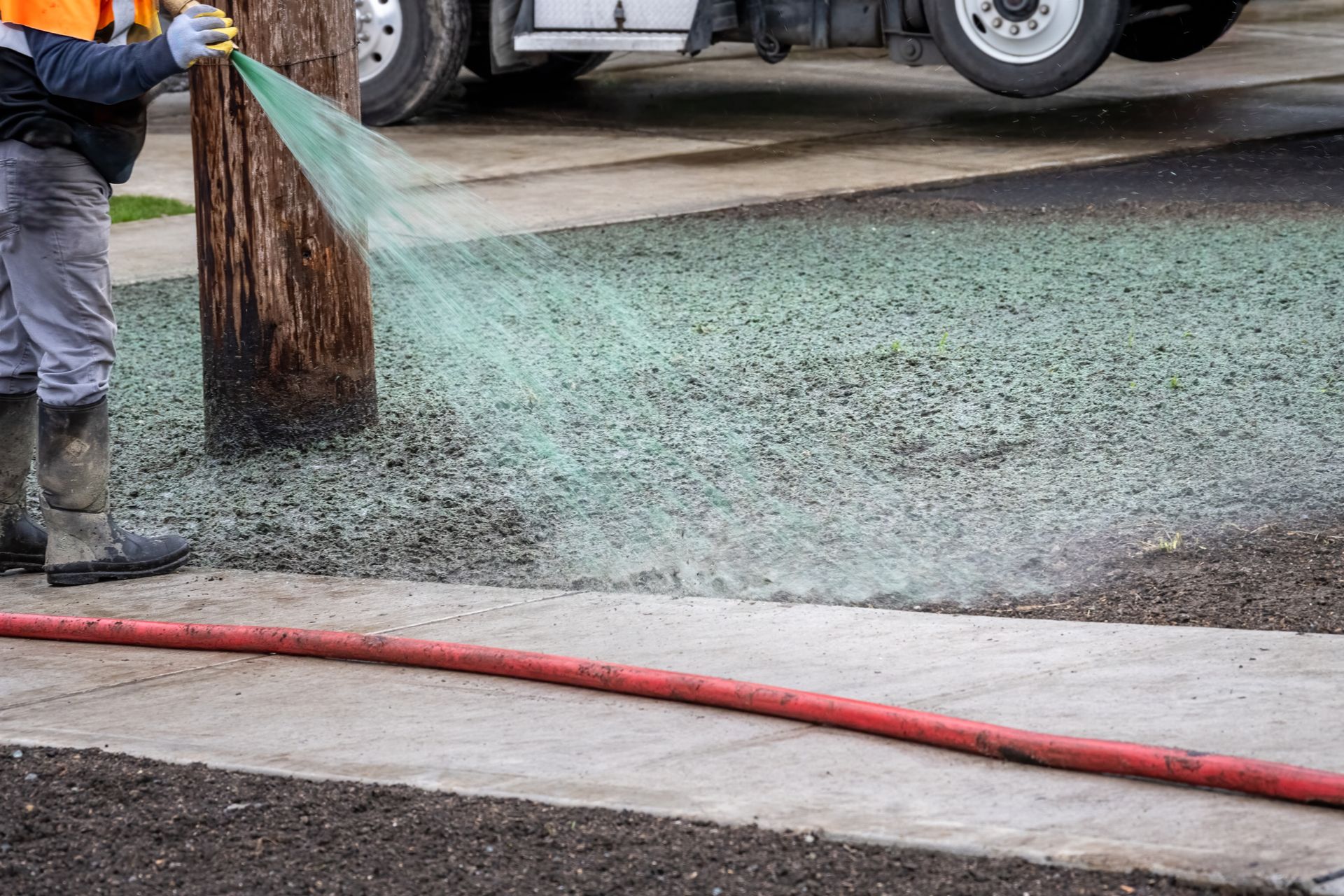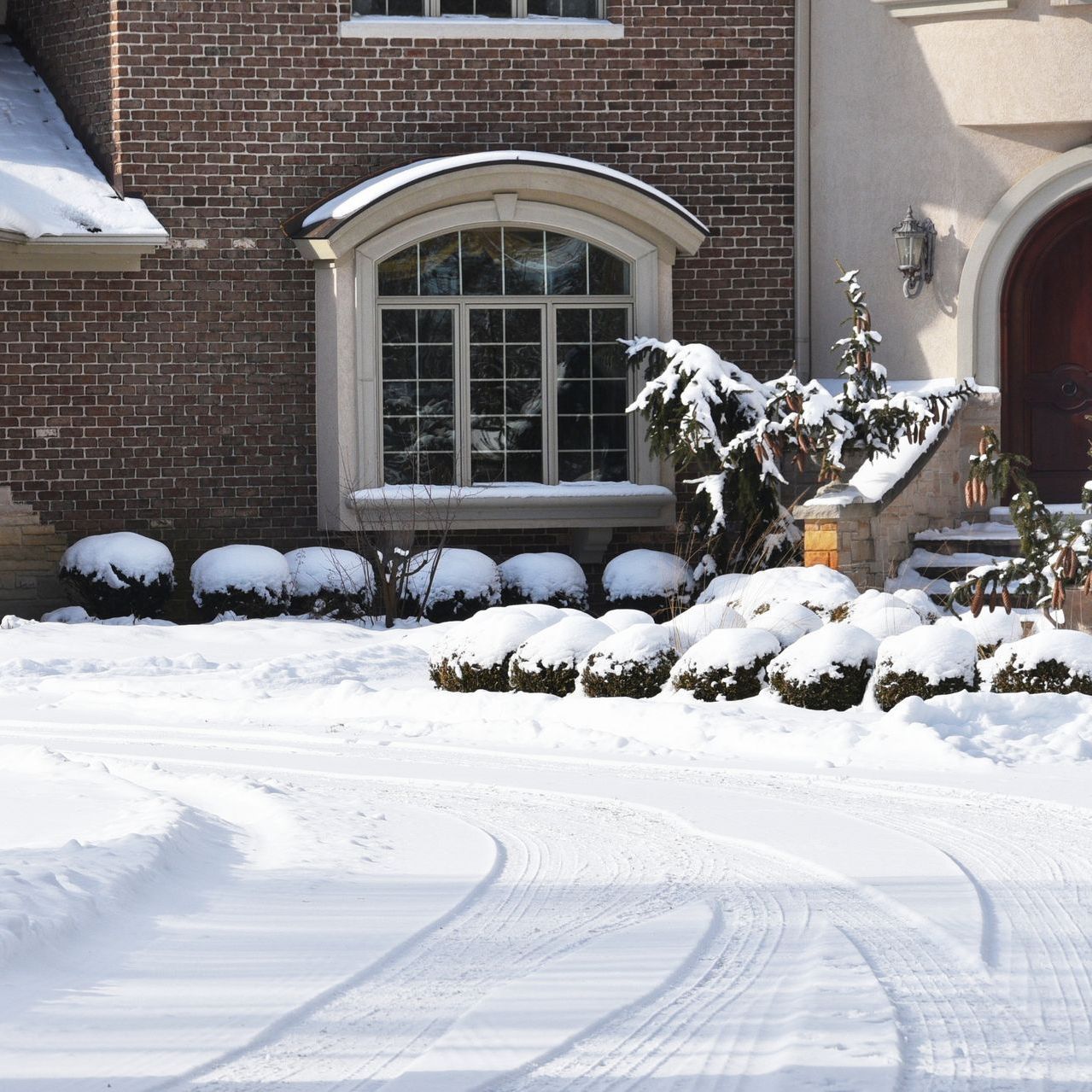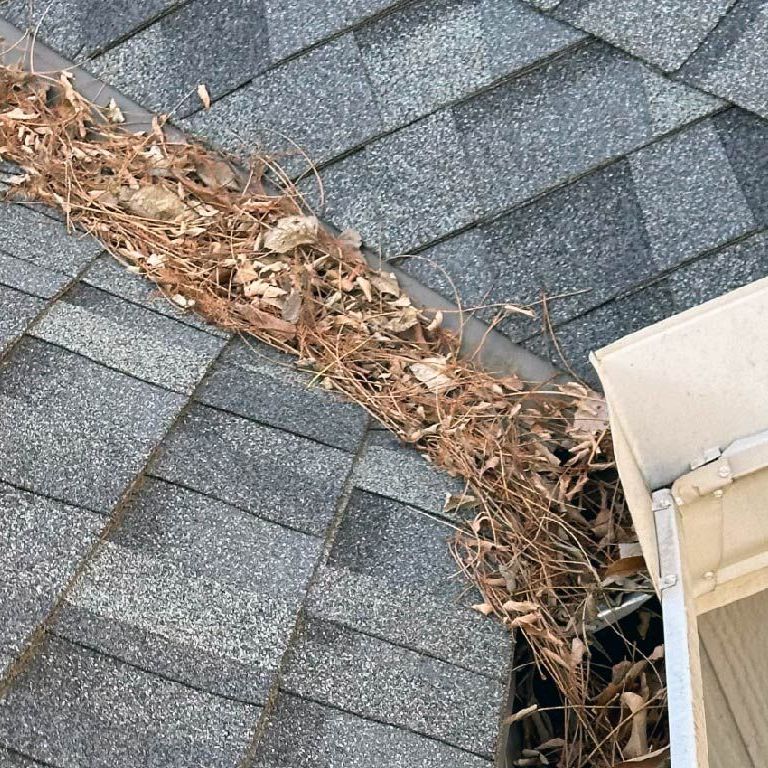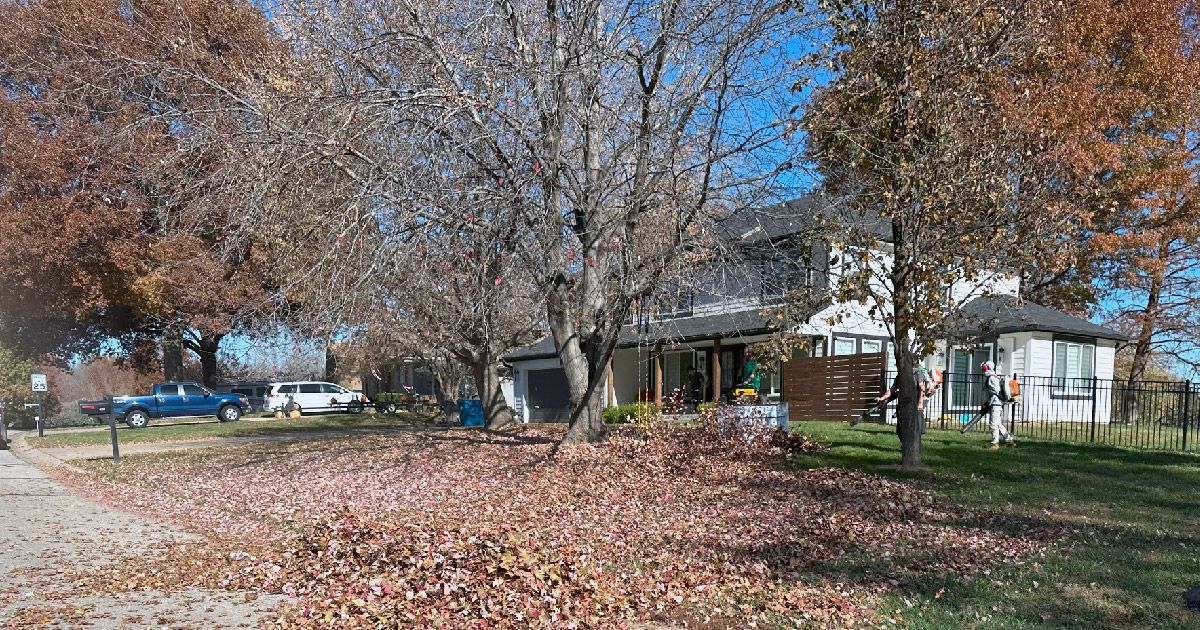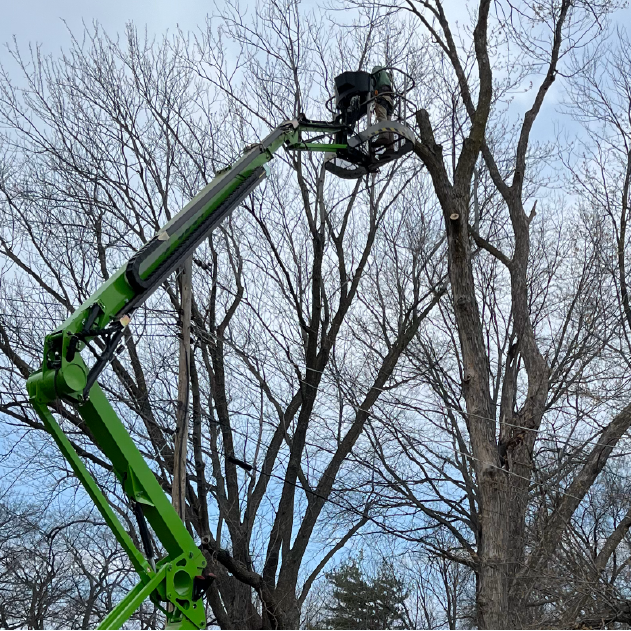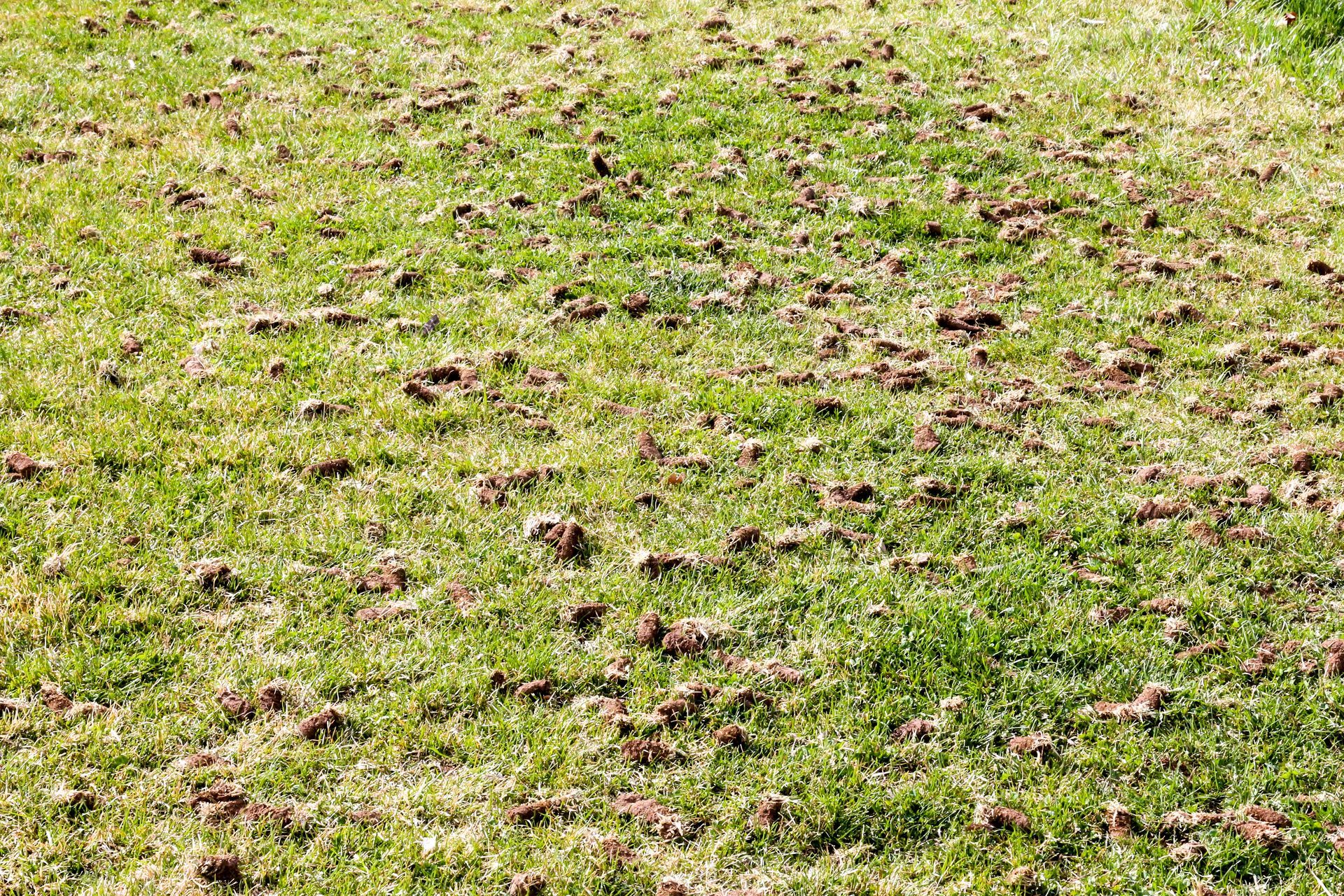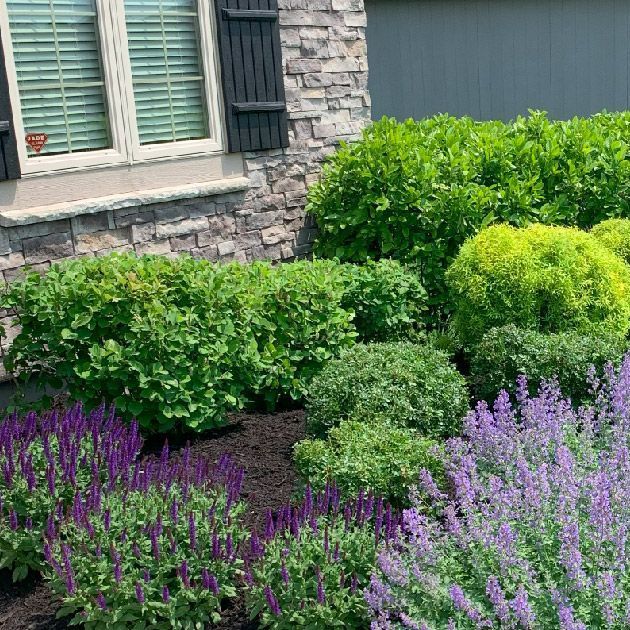What is the Best Time of Day to Water the Yard, and Why?
For all homeowners, one of the most important tasks of summer is keeping your yard properly watered. But do you know when the best time of day to water your grass and garden beds is? Not many people realize that there’s actually an ideal window for watering lawns and gardens, and it isn’t always what you would expect. In this blog post, we’ll cover why timing matters so much in landscaping maintenance, as well as offer practical advice on choosing the right time of day to keep your plants healthy. Read on for more information on how to make sure you get maximum results from your watering efforts!
Understanding the best time of day to water your yard
Watering your yard at the right time of day can make a big difference in its overall health and appearance. Generally, experts recommend watering in the early morning or late evening when temperatures are cooler and the sun is not as intense. This allows the water to soak into the soil before it evaporates, giving your plants the time they need to absorb the moisture they need to thrive. So, if you want to keep your yard looking its best, it's worth considering adjusting your watering schedule to ensure you are doing it at the optimal time.
Rethinking when you should be watering your yard
With climate change and unpredictable weather patterns, it's more important than ever to be strategic about when you water your yard. Rather than following a set schedule, pay attention to the weather forecast and adjust accordingly. If it looks like there will be rain in the near future, hold off on watering until it becomes necessary. By doing this, you can save water and ensure that your yard stays healthy and green.
Examining different soil types and how they absorb water
Soil type plays a vital role in determining how much water a piece of land can absorb and retain. Different soils have different physical properties, such as texture, structure, and porosity, that can impact their ability to absorb water. For instance, sandy soils, with their loose and coarse texture, tend to absorb water quickly but drain it just as fast. On the other hand, clay soils, with their fine particles and high porosity, can absorb more water but take a longer time to do so. Examining these soil types and understanding their properties is crucial for farmers and gardeners to know how much water their plants need and how to best manage their irrigation systems.
Discovering the optimal time of day for watering grass, flowers, and vegetables
Discovering the optimal time of day to water your grass, flowers, and vegetables can result in healthier and happier plants, while also conserving water. Typically, it is best to water early in the morning before the sun has a chance to dry up the moisture or in the evening when the temperatures have cooled down. By avoiding watering during the heat of the day, you can prevent water from evaporating too quickly and reduce the risk of burning your plants with hot water. So, next time you reach for the hose or sprinkler, consider the timing and give your plants the best chance to thrive.
Exploring the benefits of early morning vs late afternoon watering
Exploring the benefits of early morning vs late afternoon watering can make a significant difference in the health of your plants. Watering in the early morning allows the plants to absorb the moisture before the sun's heat evaporates the water. This gives the plants a chance to use the water effectively, which promotes growth and reduces the risk of disease. Alternatively, late afternoon watering can provide relief to plants that may have suffered from the sun's heat throughout the day. The plants will have time to absorb the moisture before the nighttime cooler temperatures set in, reducing the chances of fungal growth. Understanding the benefits of both early morning and late afternoon watering can help you make the best choice for your plants, enabling them to thrive and beautify your garden.
Applying these tips to maximize yard health and reduce water waste
A lush, green lawn is the dream of every homeowner, but achieving it can sometimes mean wasting precious resources. Luckily, there are simple yet effective techniques that can be employed to not only maximize yard health but also reduce water waste. For instance, watering your lawn early in the morning or late in the evening when the temperature is cooler reduces water loss to evaporation. Additionally, installing a drip irrigation system rather than using sprinklers can be a smart way to conserve water while keeping your landscape looking beautiful. Consistent fertilization, mowing at the right height, and addressing bare spots are other aspects that play a role in maximizing yard health. By following these tips, you can have a thriving yard that is both eco-friendly and cost-effective.
Conclusion:
While everyone’s yard is different, through learning the unique needs of your yard and understanding the best time of day to water it depending on soil type, you can take steps toward maximizing its health. Outlining a watering schedule consistent with these tips can help reduce water waste and ensure that your plants have enough moisture for healthy growth. Additionally, an irrigation system can be installed to make sure watering times are on track and follow the optimal timing for each type of plant in your garden. If you need assistance with installation and management, allow us to help – we’re expertly trained and have years of experience managing watering schedules for yards such as yours. So let's get started today! By taking swift action now, you can soon have a yard that is healthy and as uniquely beautiful as it should be.
